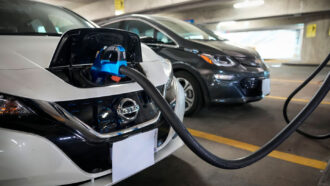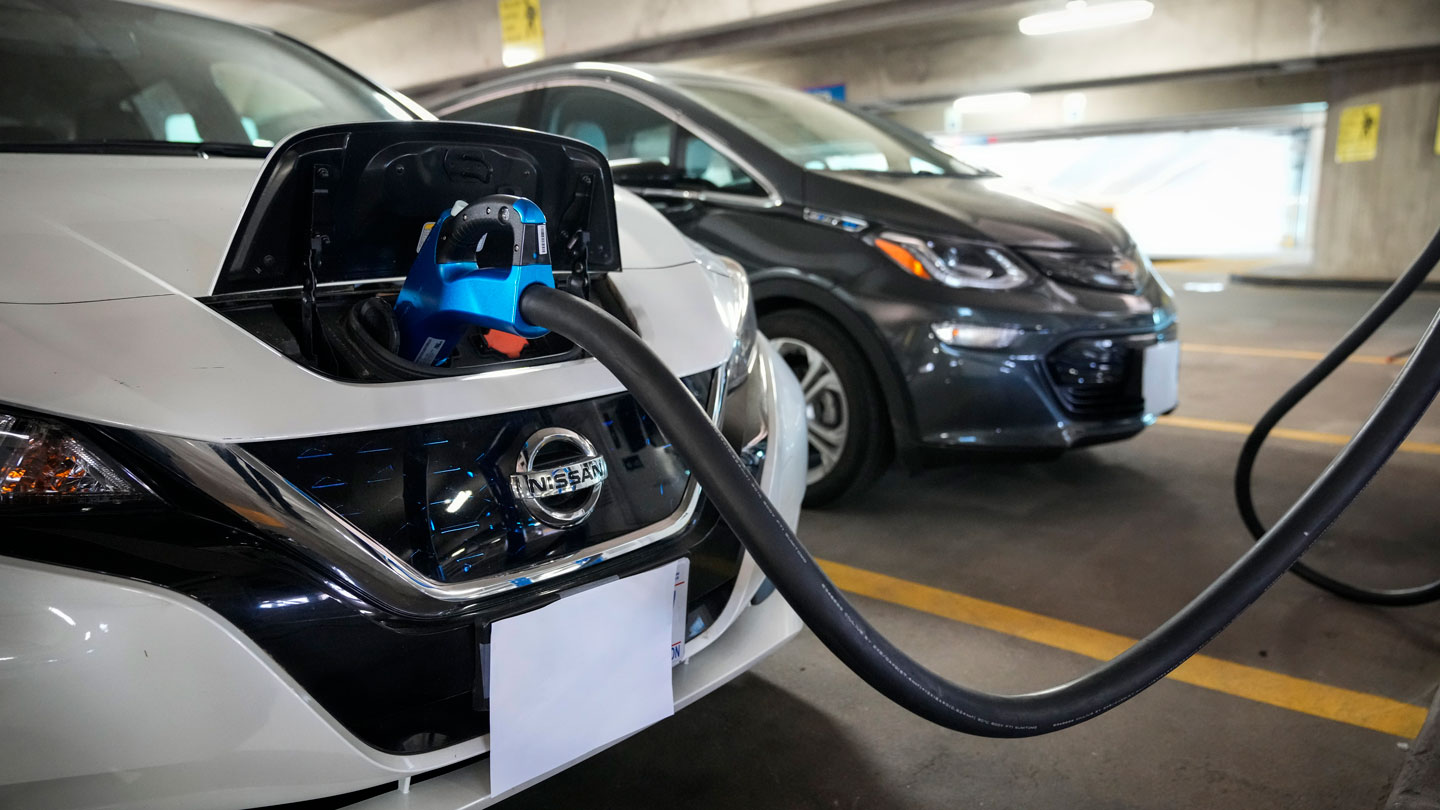Lithium-ion batteries made with recycled materials can outlast newer counterparts

Lithium-ion batteries with recycled cathodes can outperform batteries with cathodes made from pristine materials, lasting for thousands of additional charging cycles, a study finds.
Growing demand for these batteries — which power devices from smartphones to electric vehicles — may outstrip the world’s supply of some crucial ingredients, such as cobalt (SN: 5/7/19). Ramping up recycling could help avert a potential shortage. But some manufacturers worry that impurities in recycled materials may cause battery performance to falter.
“Based on our study, recycled materials can perform as well as, or even better than, virgin materials,” says materials scientist Yan Wang of Worchester Polytechnic Institute in Massachusetts.
Using shredded spent batteries, Wang and colleagues extracted the electrodes and dissolved the metals from those battery bits in an acidic solution. By tweaking the solution’s pH, the team removed impurities such as iron and copper and recovered over 90 percent of three key metals: nickel, manganese and cobalt. The recovered metals formed the basis for the team’s cathode material.
In tests of how well batteries maintain their capacity to store energy after repeated use and recharging, batteries with recycled cathodes outperformed ones made with brand-new commercial materials of the same composition. It took 11,600 charging cycles for the batteries with recycled cathodes to lose 30 percent of their initial capacity. That’s about 50 percent better than the respectable 7,600 cycles for the batteries with new cathodes, the team reports October 15 in Joule. Those thousands of extra cycles could translate into years of better battery performance, Wang says.
For all the latest Technology News Click Here
For the latest news and updates, follow us on Google News.

